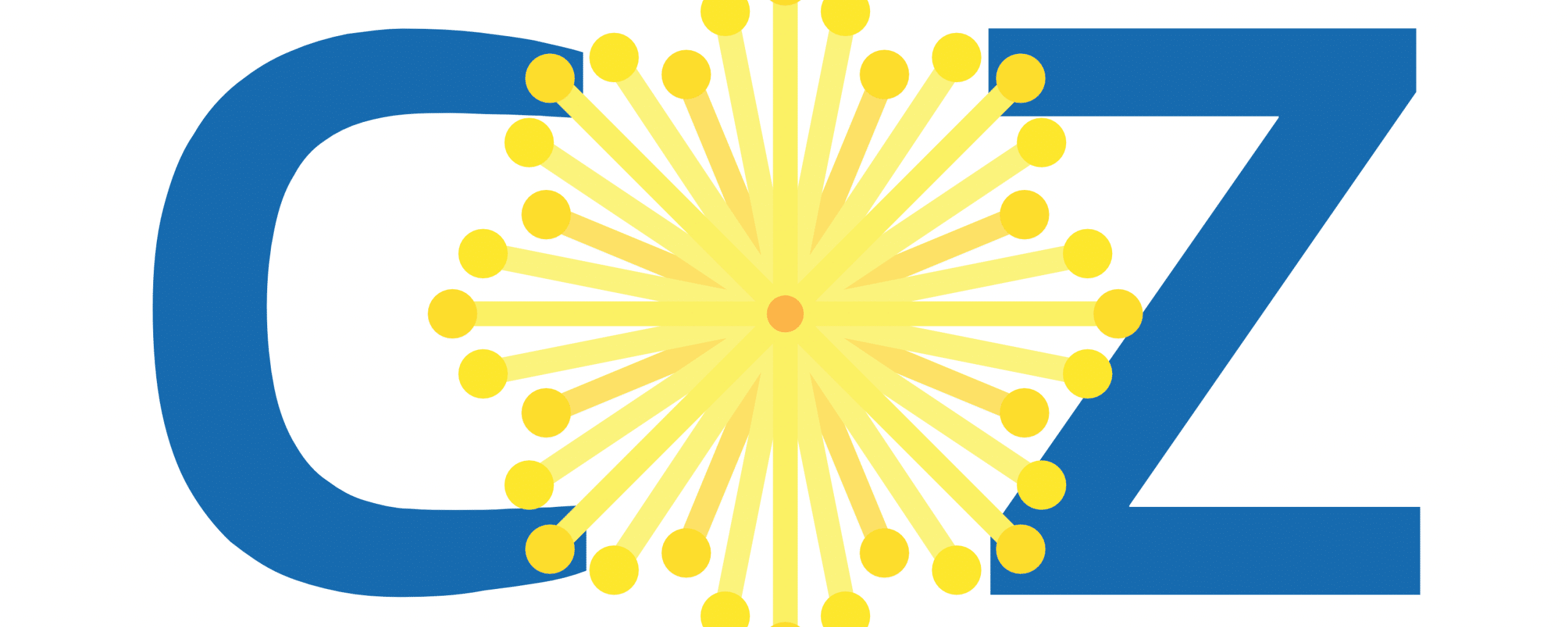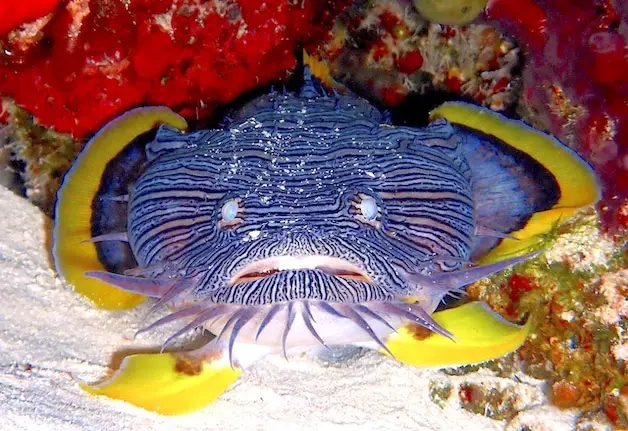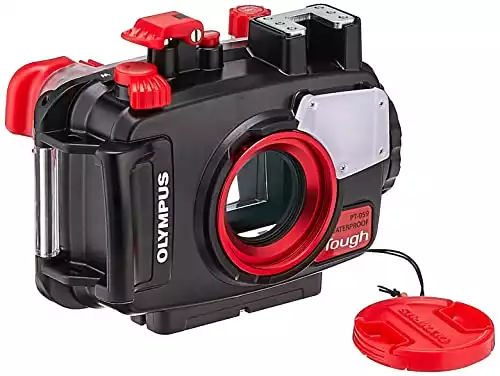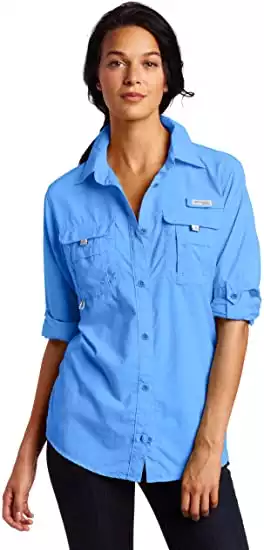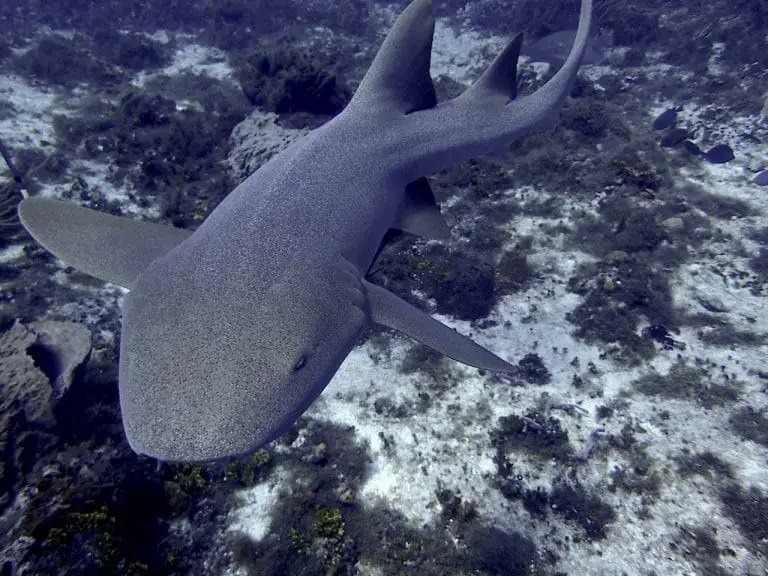Diving with the Cozumel Splendid Toadfish – One and Only
Scuba diving in Cozumel is special for many reasons, but I would argue that encounters with the Cozumel Splendid Toadfish top the list. Cozumel divers know to keep their eyes peeled for this weird and wonderful splendid toadfish, and finding your first one is a local ‘right of passage.’
But why? What are Cozumel splendid toadfish and what makes them so special?
The Cozumel splendid toadfish stands out with flamboyant coloring and a tightly limited geographic habitat range. The splendid toadfish has a beautiful blue body, with black and grey stripes across its face and eyes, and brilliant yellow bands outlining most of its eight fins. Known to be an endemic species in the Cozumel region, the splendid toadfish is not found in any other diving region in the world.
As an ambush predator, this toadfish hides under small crevasses and cracks along Cozumel’s coral reef with just its face peeking out, making it difficult to spot.
So it’s a real diver’s “bucket list” treat to see and learn about the splendid toadfish (Sanopus splendidus) when you come diving in Cozumel. It’s one of the island’s most extraordinary natural gems.
Why Cozumel’s Splendid Toadfish is Called “Splendid”
There are other toadfish in the world, but many of them are camouflaged to blend in with their colder, green water surroundings – i.e. the brown and olive colors of sand, mud, or marine rocks.
Take the common Oyster Toadfish in the mid-Atlantic region, in a picture from the Virginia Institute of Marine Sciences, seen here:
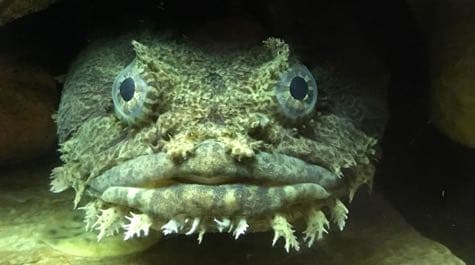
The splendid toadfish, on the other hand, could never be accused of camouflage!
Cozumel’s resident toadfish is “splendid” because it has an elaborately colored body, ranging from blue-grey to almost purple. Its face and upper body have stripes of black, blue, and grey, while the long, rear body area has larger, more blotchy black markings.
Its large fins – namely the pelvic, pectoral, and dorsal fins – are rimmed with thick bands of vibrant yellow.
An adult splendid toadfish can grow to be about 10 inches (25 centimeters) long, with a large head and a long body that tapers down to a point. Its relatively good size and flamboyant colors certainly make it eye-catching…except for the fact that this fish lives mostly sequestered in small protected dens.
Perhaps the most distinctive feature of the splendid toadfish is its wide face and jaw, edged with blue fleshy “barbels” creating thick, spiky “whiskers,” or a “bearded” look. This blue “beard” is frequently the dead giveaway to its hiding spot.

When diving in Cozumel, a keen eye can spot those little blue spikes sticking out from a hidey-hole, underneath part of the limestone coral foundation, and then find a splendid toadfish face peeking out, waiting for prey.

Are Splendid Toadfish Only in Cozumel?
The splendid toadfish is also called the coral toadfish, and often – and officially – the Cozumel splendid toadfish.
Long associated with Cozumel, it is one of the many known endemic species of the island – endemic meaning “native and restricted to a certain place.”
Local divemasters, residents, and divers that frequently travel to Cozumel are quite proud of this and happy to show them off to newcomers.
They’re not easy to find, but once you know the type of shelter the fish often takes, it becomes a little easier to see and guess a likely hiding place.
Those opting for a night dive in Cozumel might also be rewarded, as splendid toadfish are more likely to come out at night and prowl around under the cover of darkness.

After doing more digging, though, I’ve found scholarly journal reports that document a slightly wider range along the Mesoamerican Barrier Reef where the splendid toadfish has been found.
In other words, while the splendid toadfish is endemic to the island of Cozumel, its range of habitat is a bit larger than previously thought.
There have been a few documented sightings of the splendid toadfish at Glover’s Reef in northern Belize and around Isla Mujeres, just north of Cozumel.
Nevertheless, it’s still Cozumel’s hometown mascot!
Note: 99.9% of the underwater shots on this site were taken by yours truly with a simple 2 piece set-up from Olympus. Done. For full notes on my easy but quality UW photo gear to get you started, see more at the end of this post.
Splendid Toadfish Reproduction
It is a treat to find a splendid toadfish while scuba diving in Cozumel.
But it is a truly rare treasure to find one guarding a cluster of its newborn juvenile splendid toadfish offspring (I’ve coined the phrase “splendid tads,” after seeing them just twice in all my years diving here. Check for it on Instagram: #splendidtads).
I had heard about this phenomenon but thought it was a fish tale, of sorts. That is until I found some for myself.
Here, you can see a (lesser quality) picture of an amazing dive encounter! The image below shows an adult male splendid toadfish in his protected enclosure, with a cluster of about 8 baby splendid tads off to the left. (They’re easier to make out if you look for their little eyes and striped faces):

(And again, forgive the picture quality, but it’s partly a testament to the adult male’s quality hiding spot.)
With help from a number of online marine biology studies like this one, I’ve learned that toadfish, in general, communicate their readiness to procreate using audible grunts and/or low, bleating sounds (sometimes called a boat whistle, and likened to the sound of a foghorn).
Hear a sample of the splendid toadfish’s grunt sound here, on this YouTube video from National Geographic.
The toadfish mating calls heard on this video, and similar sounds they make to communicate with other toadfish, are produced using the skin and muscles of their internal swimming bladders.
Once summoned, and finding a male with a suitable location, a female toadfish will enter the protected cave and deposit eggs that stick to the sidewall of the structure. The eggs are then fertilized by the resident male and allowed to mature.
Interestingly, the male guards and protects the eggs until they mature fully into self-sufficient fish. The juvenile fish are still very small (approximately 3 in./8 cm.), but are able to swim off and find their own hiding spot.
In Cozumel, we’ve also been lucky to occasionally see splendid toadfish in the more juvenile, or seemingly “teenage” phase. Clearly, they are out on their own, but they are still far smaller and less developed than the typical adults.
Here’s one example of a young, but independent splendid toadfish (this one is approximately 5 in./12 cm. long) :
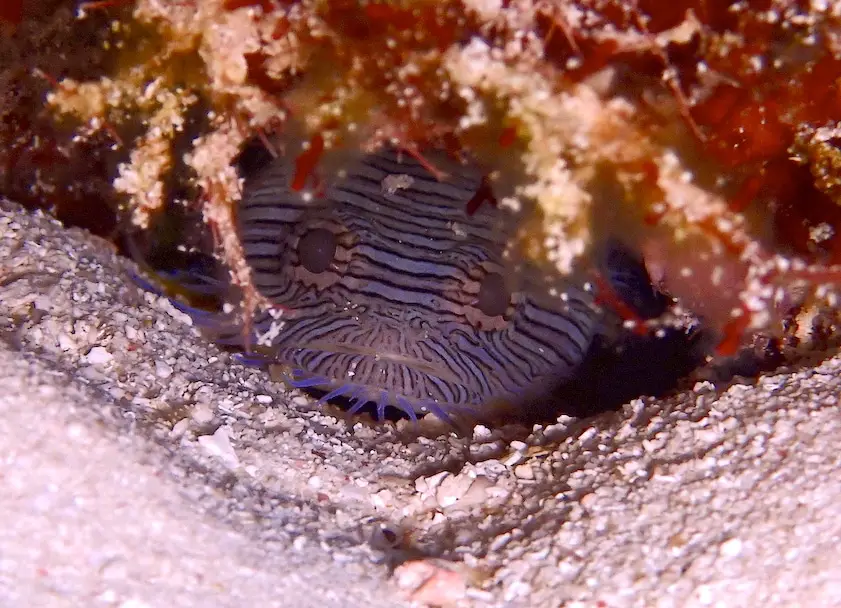
Are Cozumel Splendid Toadfish Endangered?
Like many ocean dwellers, and specifically coral reef species, Cozumel’s splendid toadfish have not had an easy time of it, lately.
Ocean acidification from global development and runoff, the spread of Stony Coral Tissue Disease (SCTD), increased tourism, and overfishing all likely contribute to the decline in fish populations, nearly worldwide.
But is the splendid toadfish specifically endangered?
According to the International Union of Conservation of Nature (IUCN), which maintains their comprehensive and respected IUCN “Red List” of threatened and endangered species, the Sanopus splendidus (splendid toadfish) is indeed considered endangered.
The main threats listed are 1) hunting and trapping the fish for biological use and 2) general pollution from “domestic and urban wastewater.”
The IUCN goes on to elaborate:
Off Cozumel, reefs have suffered from intense fishing activities since the 1960s and have been under increasing pressure from tourism since the mid 1970s. Major anthropogenic threats to Belize’s reefs include coastal habitat alteration (mangrove clearance, dredging operations), sedimentation, agrochemical and domestic pollution (mainly associated with coastal development, and inadequate solid and liquid waste disposal), overfishing, and direct impacts from tourists, boat anchors and groundings. The tourism industry is growing rapidly, providing the impetus for many of these growing pressures (Wilkinson and Souter 2008). Between 1984-2011 (27 years), there was a 13% decline in live coral cover off Cozumel and an average 41% decline off Belize between 1970-2012 (42 years) (Jackson et al. 2014).
See the Cozumel Splendid Toadfish While You Still Can
The thought of a world without cool animals like the Cozumel splendid toadfish is grim, indeed.
But I can tell you from first-hand experience that as of 2023, there are still an abundant number of these peculiar little fish living, hiding, hunting, and breeding throughout the reefs, easy to find when scuba diving in Cozumel’s national marine park.
If you visit Cozumel for a scuba diving trip, be sure to tell your divemaster that you want to see one, and they’ll do their best to find some likely hiding spots.
You’ll have to have good buoyancy control to hover nice and low along the sand or near the reef without resting on or kicking anything.
But beyond that, you should find at least one blue-bearded face during your dives!
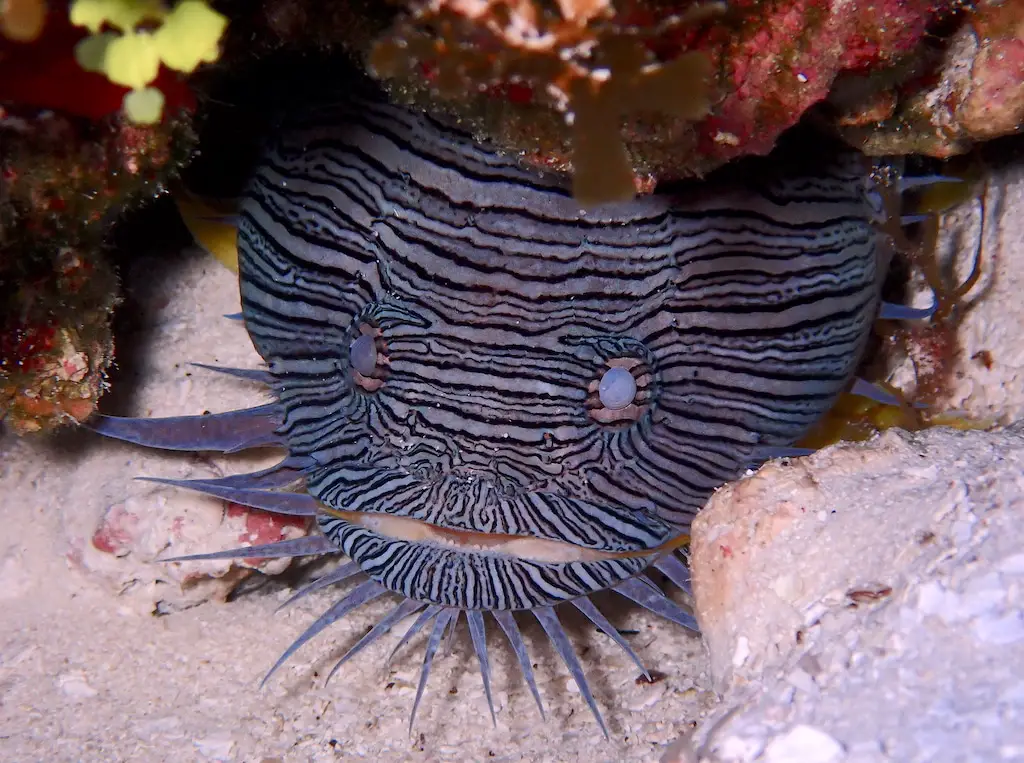
Ready to try Underwater Photography in Cozumel?
If you’ve got your diving buoyancy mastered and are ready for some underwater photography in Cozumel, I recommend this high-quality but easy and relatively affordable UW camera setup from Olympus.
These are the exact camera and housing used to capture all the underwater images you see on this site. And/or to read the full run down and review of the minimal and inexpensive camera gear I use, use that link or hit the green button, below.
- Easy to use
- Easy to pack
- Easy on the wallet
- Durable, waterproof, dustproof
CozInfo’s Cozumel Packing Essentials:
|
3.5
|
3.5
|
3.5
|
3.5
|
|
$19.99
|
$249.00
|
$59.95
|
$22.99
|
